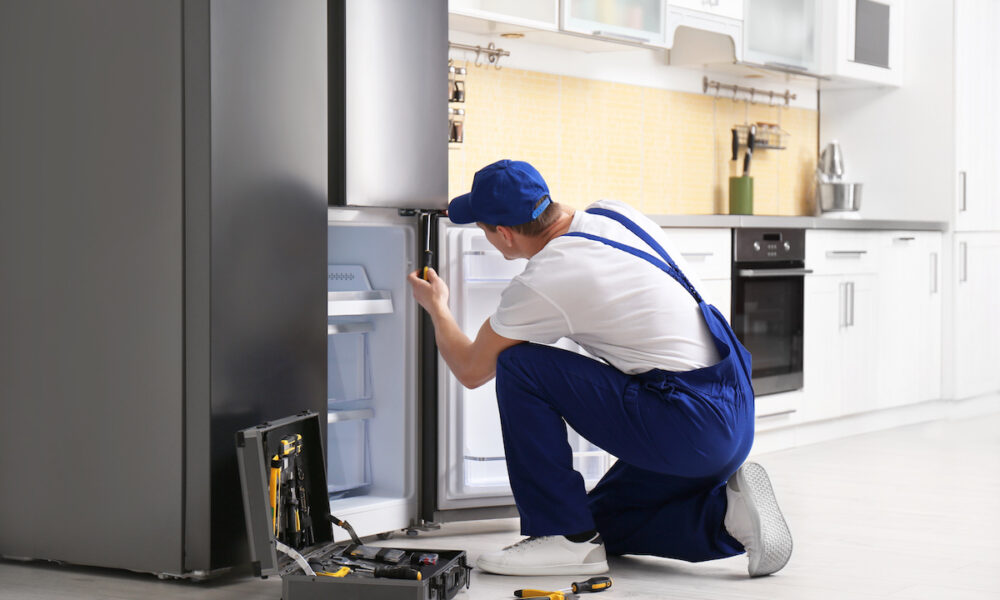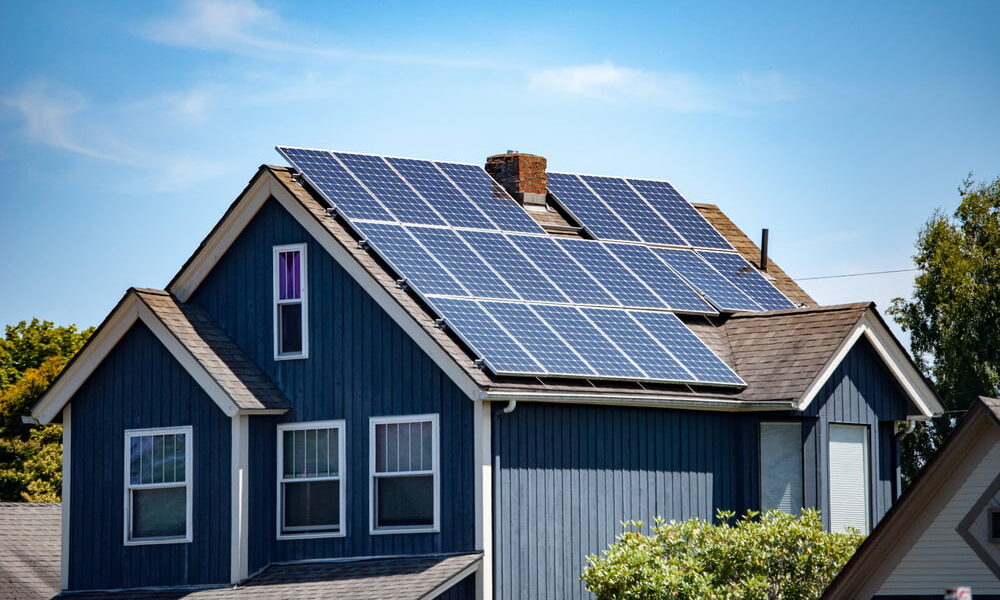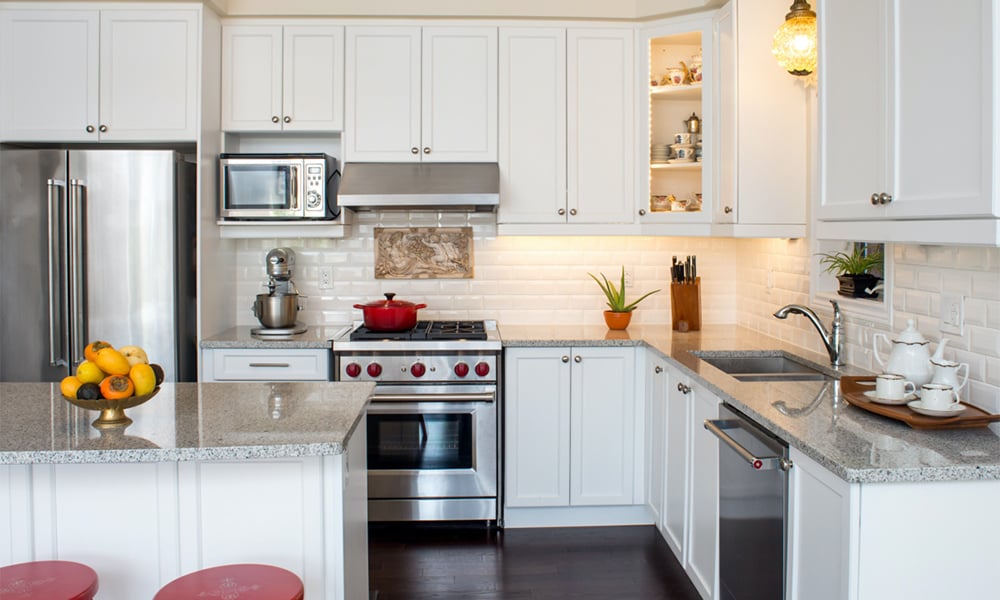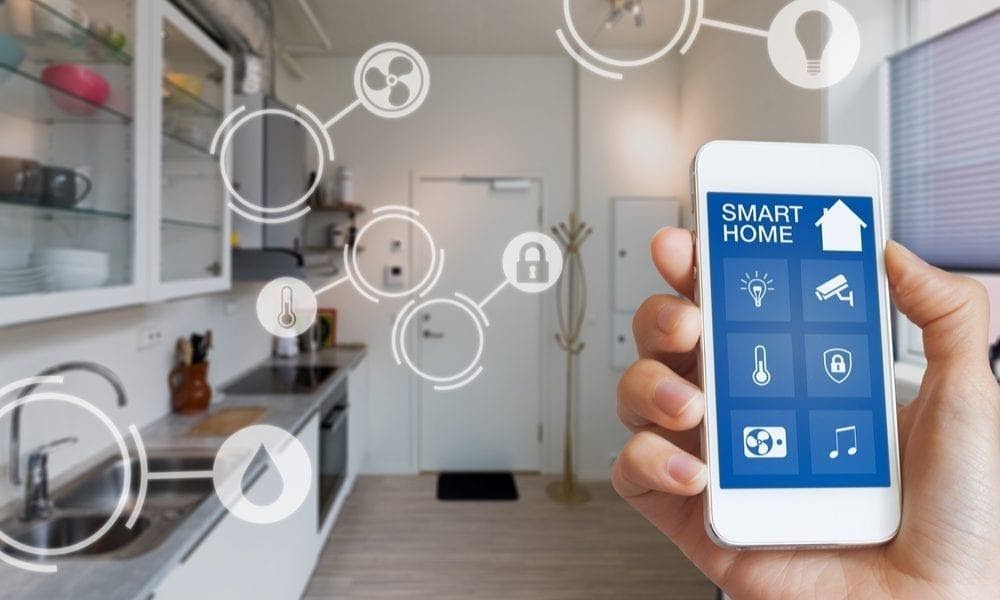Appliances are an integral part of our daily lives, making household tasks much more convenient and efficient. However, like any other mechanical device, appliances can encounter problems from time to time. Knowing how to troubleshoot common appliance problems can save you time and money by avoiding unnecessary repairs or replacements. Here are some common appliance issues and their troubleshooting steps:
1. Refrigerator not cooling

If your refrigerator is not cooling properly, check the following:
- Make sure the refrigerator is plugged in and the power supply is working.
- Clean the condenser coils located at the back or underneath the refrigerator. Dust and debris can restrict airflow and affect cooling performance.
- Ensure that the temperature settings are appropriate. The refrigerator should be set between 36 and 38 degrees Fahrenheit (2 to 3 degrees Celsius).
- Check the door gaskets for any signs of damage or wear. Faulty gaskets can cause air leaks and affect cooling efficiency.
2. Washing machine not draining
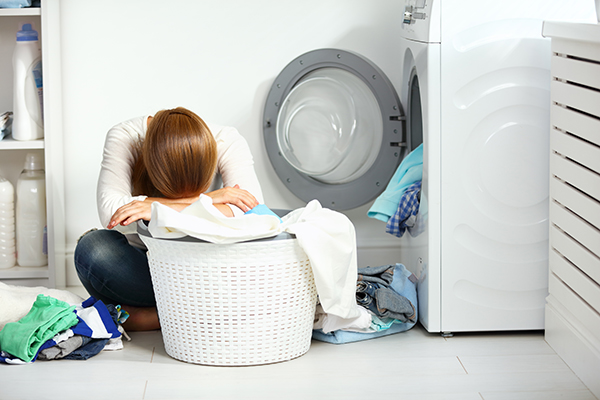
If your washing machine is not draining properly, try the following troubleshooting steps:
- Check if the drain hose is clogged or kinked. Remove any blockages or straighten the hose if necessary.
- Inspect the pump filter for debris or objects that might be obstructing the drainage. Clean the filter if needed.
- Ensure that the drain hose is positioned at the correct height. It should be higher than the water level inside the machine to enable proper drainage.
- If the problem persists, there may be an issue with the pump or the drain pump motor. In such cases, it is advisable to seek professional help.
3. Oven not heating
If your oven is not heating, follow these troubleshooting steps:
- Check if the oven is properly plugged in and receiving power. Test the outlet with another device to confirm.
- Inspect the heating element for any signs of damage or burning. Faulty heating elements need to be replaced.
- Verify that the temperature settings are accurate. Use an oven thermometer to check the actual temperature inside the oven.
- If the oven has a self-cleaning feature, ensure that it is not currently in use. Some ovens disable heating functions during the self-cleaning process.
4. Dishwasher not cleaning dishes
If your dishwasher is not effectively cleaning dishes, try the following troubleshooting steps:
- Ensure that the dishwasher is loaded correctly, allowing water and detergent to reach all surfaces.
- Check the spray arms for clogs or blockages. Remove any debris that might be hindering their movement.
- Verify that the water supply is sufficient. Make sure the water inlet valve is fully open and not restricted.
- Inspect the dishwasher’s filter and clean it if necessary. A dirty filter can affect cleaning performance.
Remember, these troubleshooting steps are general guidelines and may not resolve all appliance issues. If the problem persists or you are unsure about performing any repairs, it is always recommended to consult a professional technician or contact the manufacturer for assistance.

